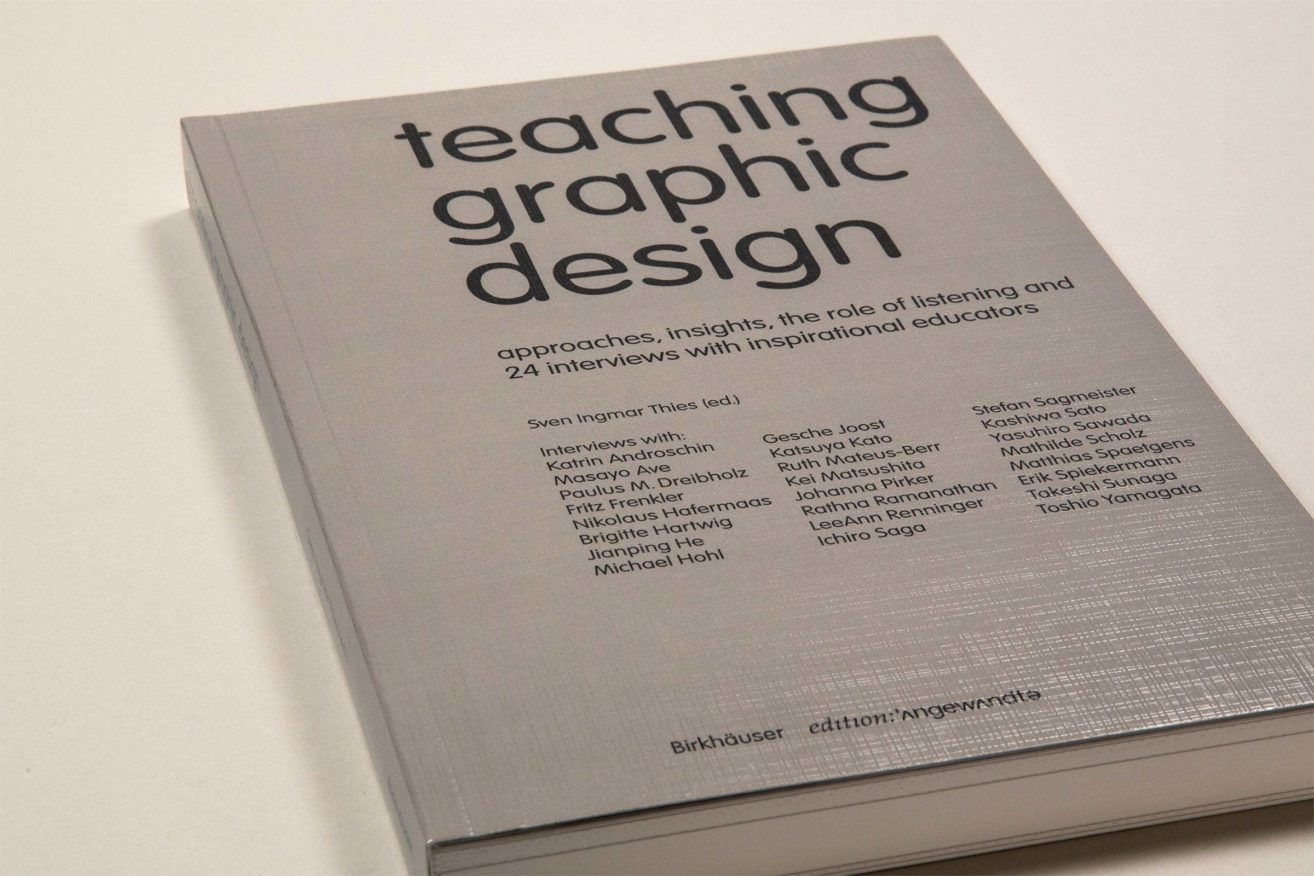The new publication Teaching Graphic Design explores the questions of how students learn sustainably, what we can learn from other cultures, and how listening can be used intentionally. “How do I teach design? Why is listening so important? What can we learn from other disciplines and cultures and from each other?” Answers to these and other questions are offered by Sven Ingmar Thies and his 24 interviewees, who are all united by a single wish: that their students should experiment, experience, and grow as designers. This book allows teachers of graphic design, design theory, game development, industrial design, and behavioral research from China, Germany, Great Britain, Japan, Austria, and the USA to each have their say.
The in-depth conversations in the publication are complemented by a comprehensive reflection and sample assignments. This is a book for teachers and students alike that offers insights into the experiences of others, as well as inspiration for teaching, learning, and professional practice.
The publication includes new teaching methods and practical suggestions, as well as a comparison of the experiences of 24 design teachers from six countries, with Fritz Frenkler, Gesche Joost, Rathna Ramanathan, Stefan Sagmeister, Kashiwa Sato, Erik Spiekermann, and others in conversation. Also, feedback from students and designers from the design practice shows that the content is also relevant to them. Teaching Graphic Design is all about cooperation and learning beyond the university place. You can purchase your own copy here!
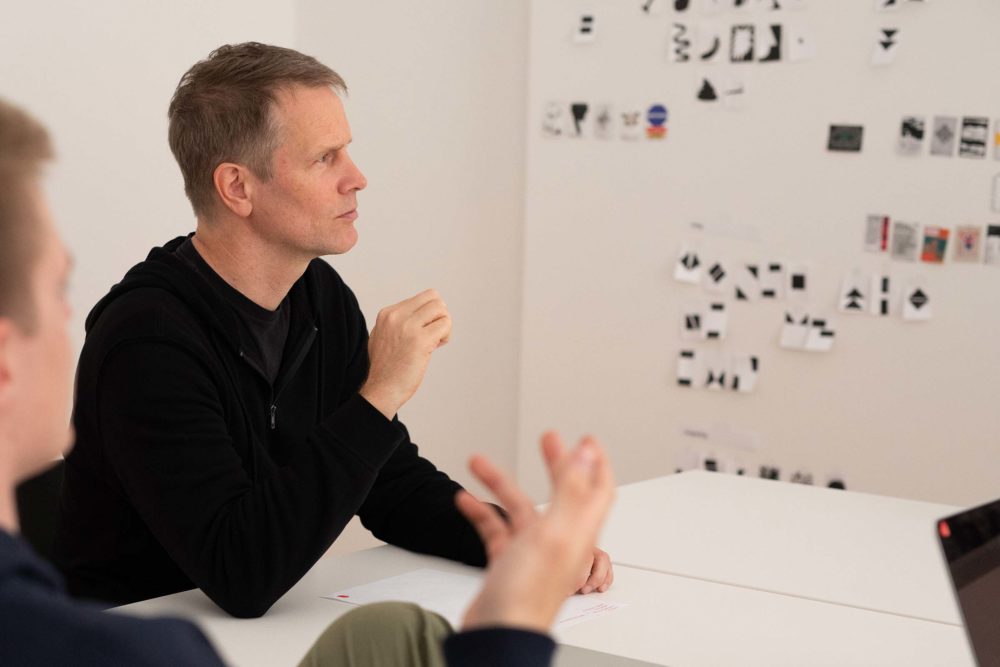
We talked to Sven Ingmar Thies, the man behind the book, about the design and creation process of Teaching Graphic Design
Born and raised in Hamburg, Germany, Sven Ingmar Thies studied graphic design at Braunschweig University of Art and completed his final thesis in Tokyo and Yokohama. Since his time at university, he has focused on a holistic design approach that seamlessly connects to other design disciplines, other specialist areas, or even to handicrafts. This conviction was intensified further by two professional engagements at Henrion, Ludlow & Schmidt in London, where brands were holistically developed, and at Kitayama Institute in Tokyo, where he learned about the interplay between architecture and design during a two-year postgraduate scholarship.
Besides being involved in project-related work for brand agencies Landor (today, Landor & Fitch) and Enterprise IG (today, Superunion), he founded Thies Design in 1998, which develops tailored brand experiences for enterprises and institutions. In addition to his professional activities, Sven Ingmar Thies has taught graphic design at the University of Applied Arts Vienna’s Class of Ideas since 2011.
 D&P: What role do you think paper plays as a medium in Graphic Design? How has that changed for your students in the past two decades with the expansion of the digital world?
D&P: What role do you think paper plays as a medium in Graphic Design? How has that changed for your students in the past two decades with the expansion of the digital world?
Sven Ingmar Thies: Despite the increasing use of online media, paper remains a component of graphic design. Its value, for example in a printed book, is still appreciated, especially since the multidimensional perception and absorption of written text, but also of images, creates more sensory and mental connections than an e-book, just by turning and feeling the pages.
Most students today are as enthusiastic about paper as they were many years ago, at the latest when they visited a paper mill. The different feel and variety of paper can also be used as an exciting approach to idea generation: Inspiration can also be generated by engaging one’s individual senses, by feeling or smelling.
Nowadays, of course, students consume and communicate much more digitally, but I have the impression that once they have been sensitized to paper, they still prefer the value of paper to an online medium for their final products, provided it fits the content of the project.
Most students today are as enthusiastic about paper as they were many years ago, at the latest when they visited a paper mill. The different feel and variety of paper can also be used as an exciting approach to idea generation: Inspiration can also be generated by engaging one’s individual senses, by feeling or smelling.
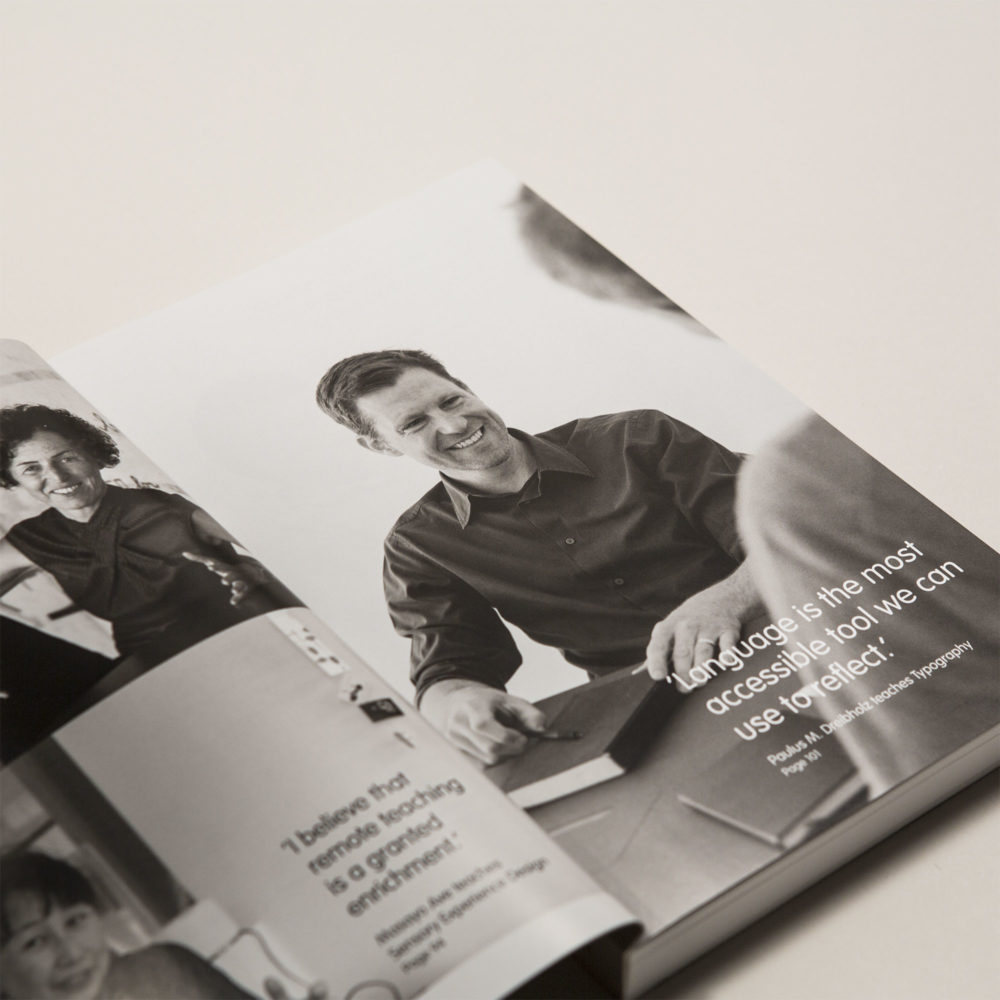 D&P: How were the papers for this book chosen and why? (GardaMatt Art / Magno Gloss / Munken Lynx Rough)
D&P: How were the papers for this book chosen and why? (GardaMatt Art / Magno Gloss / Munken Lynx Rough)
Sven Ingmar Thies: For “Teaching Graphic Design” it was important to me to create a “workbook”. I wanted it to be light and uncomplicated, more like a manual than a reading book.
This is supported by the processing as a brochure with cutting on three sides, and the use of Gardematt Art 250 gsm cover paper in a light grammage with a fine linen cellophane coating. Mango Gloss 115 gsm was chosen for the first 16 pages of the book. On these pages, all the interviewees are pictured and quoted, with page references. These are followed by text-only pages printed on Munken Lynx Rough. Weighing in at just 90 grams, Lynx offers a beautiful sheen on the back print and a pleasant feel due to its increased bulk (1.4fV).
D&P: What is an idea from the chapter “Interviews” that stuck with you and you would like to share with our readers?
Sven Ingmar Thies: I wrote down my own experiences of teaching and interviewed 24 educators in China, Germany, Great Britain, Japan, Austria, and the USA. In addition to graphic designers such as Rathna Ramanathan, Stefan Sagmeister and Erik Spiekermann, specialists from other fields such as game design, cognitive psychology, and industrial design provided many inspiring insights.
Two approaches to teaching could serve as examples of many different great suggestions:
Takeshi Sunaga, who teaches information design in Tokyo, has his students sign a statement before the course begins that all ideas are free. Ideas from fellow students can be taken up and used as long as they are developed further. In this way, he allows students to draw on the wealth of ideas from an entire class.
Rathna Ramanathan, who teaches typography and graphic communication design in London, points out that experimental learning makes students realize that they have to function as human beings first. This is an essential step in education and self-awareness. We act and react as human beings in any form of communication with others. Whether in person, in print, or digitally.
You don’t have to go to a faraway country, but every change of place, every getting to know other people is an enrichment. Find new ways. Find your own way. And always have the consequences of your design in mind.
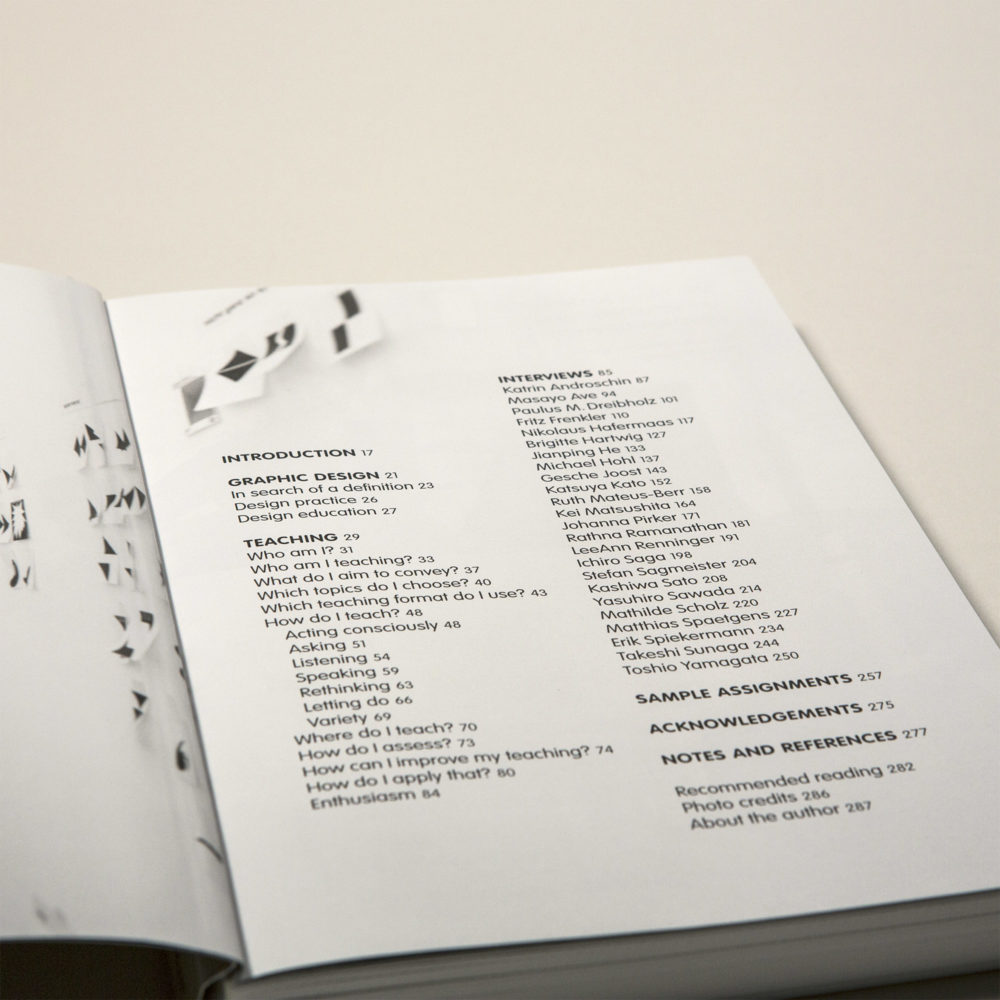 D&P: And what advice would you give young people considering studying Graphic Design?
D&P: And what advice would you give young people considering studying Graphic Design?
Sven Ingmar Thies: In short, it is the need to be irrepressibly curious, to enjoy experimentation, and to be aware of one’s responsibilities.
Graphic design aims to understand, to get to the bottom of things, and also to question tasks. Graphic design aims to change, wants to advance the cultural, socio-political, economic, and ecological development of our society. Graphic design aims to ideate that bring about these changes in a positive way. Graphic design aims to realize ideas so that they also have an effect. All this brings responsibility.
You don’t have to go to a faraway country, but every change of place, every getting to know other people is an enrichment. Find new ways. Find your own way. And always have the consequences of your design in mind.
You can read more on the book here, but also make sure to give Thies a follow on Instagram!
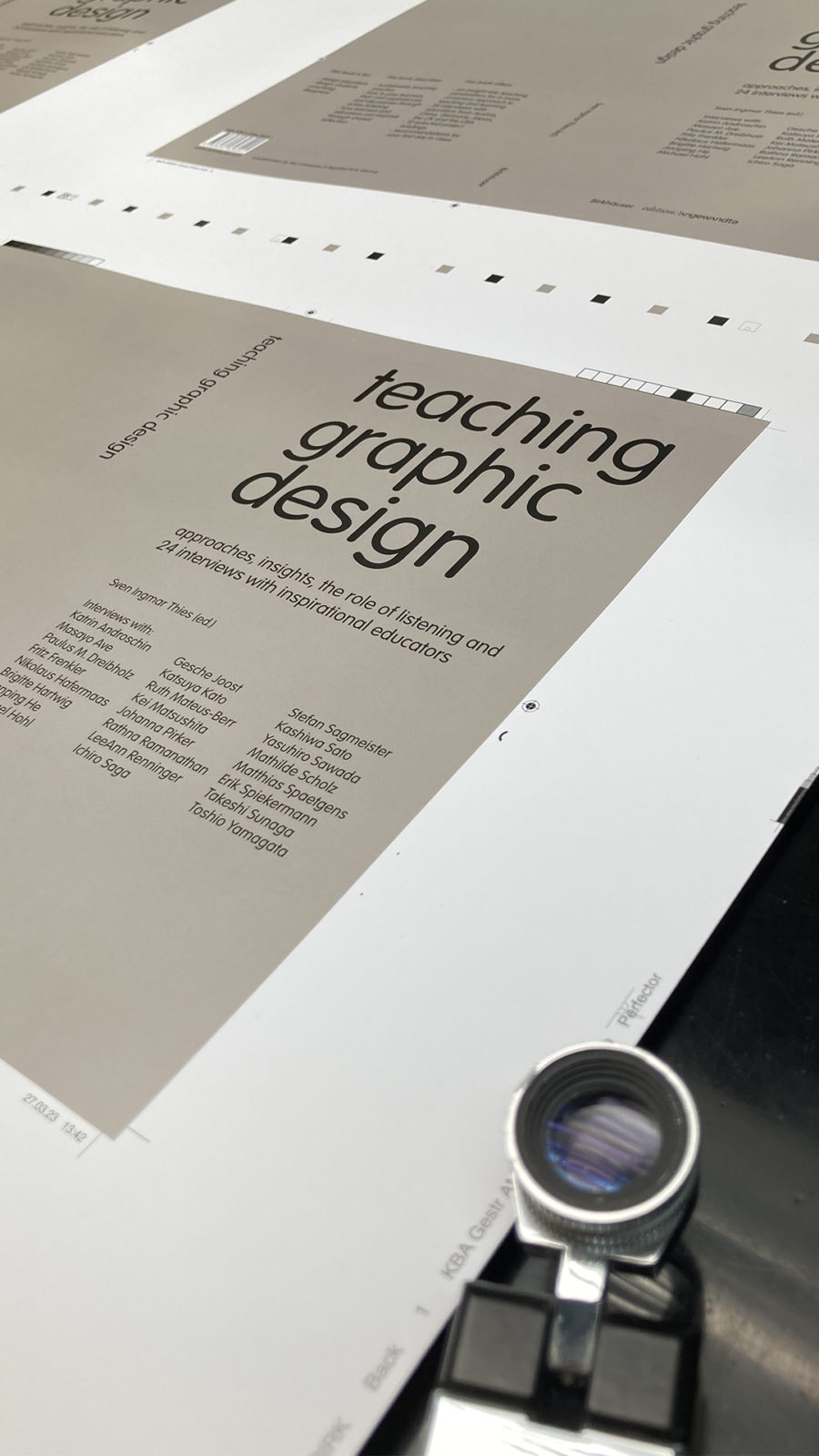
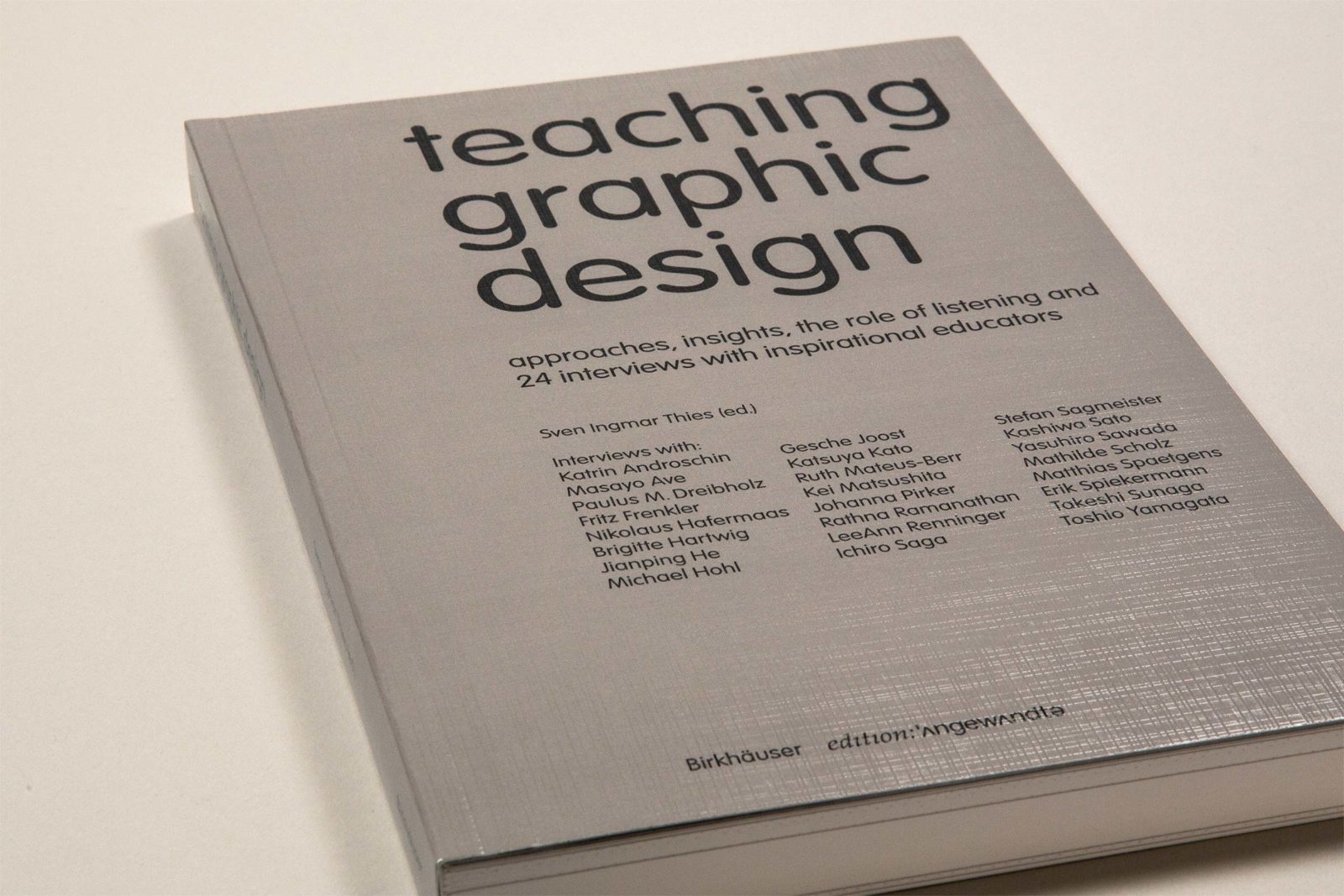


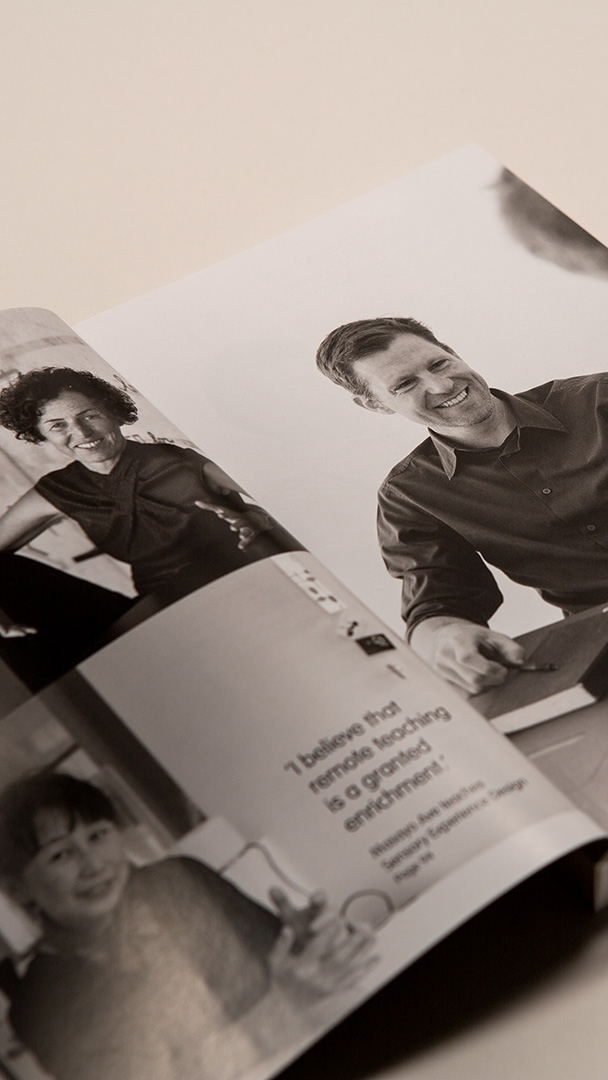
Images © Sven Ingmar Thies

